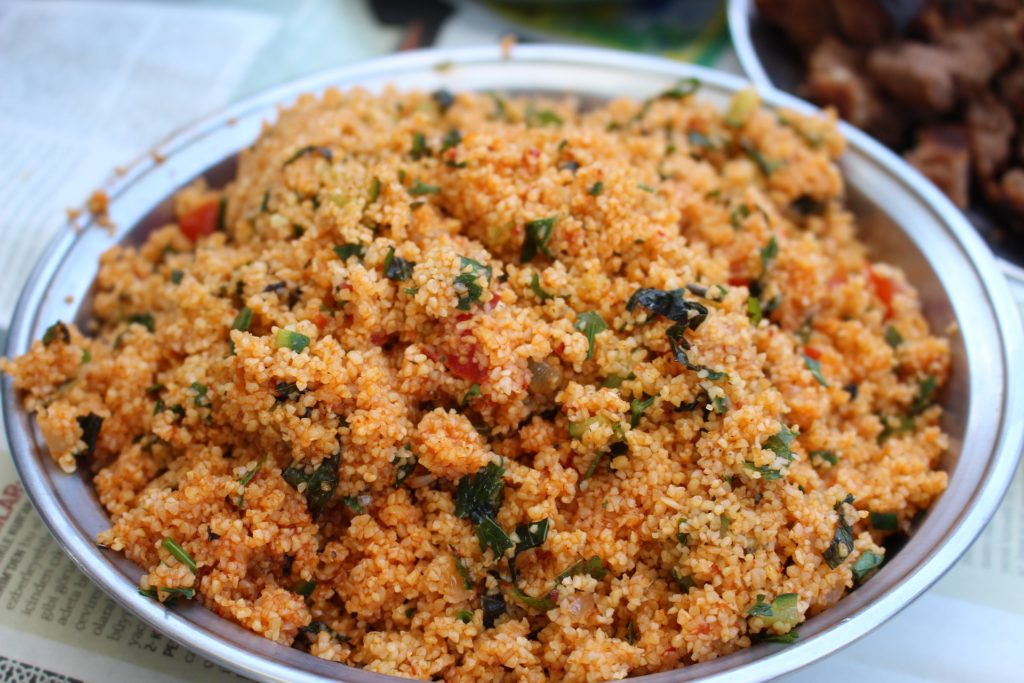Modest portions of whole grains are a smart dietary addition because they contain fiber and nutrients and can help make you feel full. When grain is processed it sometimes loses key parts, but you can select 100% whole grains and prepare them yourself to be sure you’re getting the real thing. While brown rice and rolled oats are great, you may not have tried these four grains that you can find at most grocery stores and online.
Bulgur
A staple of Middle Eastern cuisine, bulgur is the primary ingredient in tabbouleh, an herb and grain salad with parsley, tomato, and cucumber in a light and lemony dressing. Bulgur contains more fiber than most grains. To prepare it, it can be used after soaking or cooked in only a few minutes. It has a slightly nutty flavor and is made by parboiling durum or other wheats. Choose fine to extra coarse grinds based on your preference.
Farro
Farro is great eaten plain, but it can also be used in salads and other dishes. With a texture like wheat berries, farro is usually hulled spelt or emmer wheat and is considered a whole grain as long as the bran portion has not been removed. It has a slightly sweet taste, a pleasingly chewy texture and has more protein and fiber than brown rice.
Millet
If you’ve seen hulled millet for sale and weren’t sure what to do with it, consider preparing it as a hot cereal or sprinkling this whole grain over your salad. The taste is similar to quinoa. Be sure to select a non-GMO product for the best quality. This healthy grain adds protein, fiber, iron, and magnesium to your diet.
Buckwheat
Not really wheat at all, buckwheat is biologically most like rhubarb and sorrel. Buckwheat can be used similarly to wheat, however, and is often milled into flour that can be used for delicious and healthy waffles and pancakes. Whole buckwheat is great in a salad or when added to soup. Even better, buckwheat is naturally gluten-free and highly nutritious.
There’s a world of options beyond the usual flour, oats, and rice when you’re looking for whole grains to add to your diet. While low-carb diets can be a great way to lose weight, dieticians often recommend basing meals around these and other filling whole grains for maximum satisfaction and energy that will last until your next mealtime. Experimenting with different grains can help you find new favorites and keep you from getting bored with your meals.
Anita is a freelance writer from Denver, CO. She studied at Colorado State University and now enjoys writing about health, business, and family. A mother of two wonderful children, she loves traveling with her family whenever she isn’t writing. You can find her on Twitter @anitaginsburg
